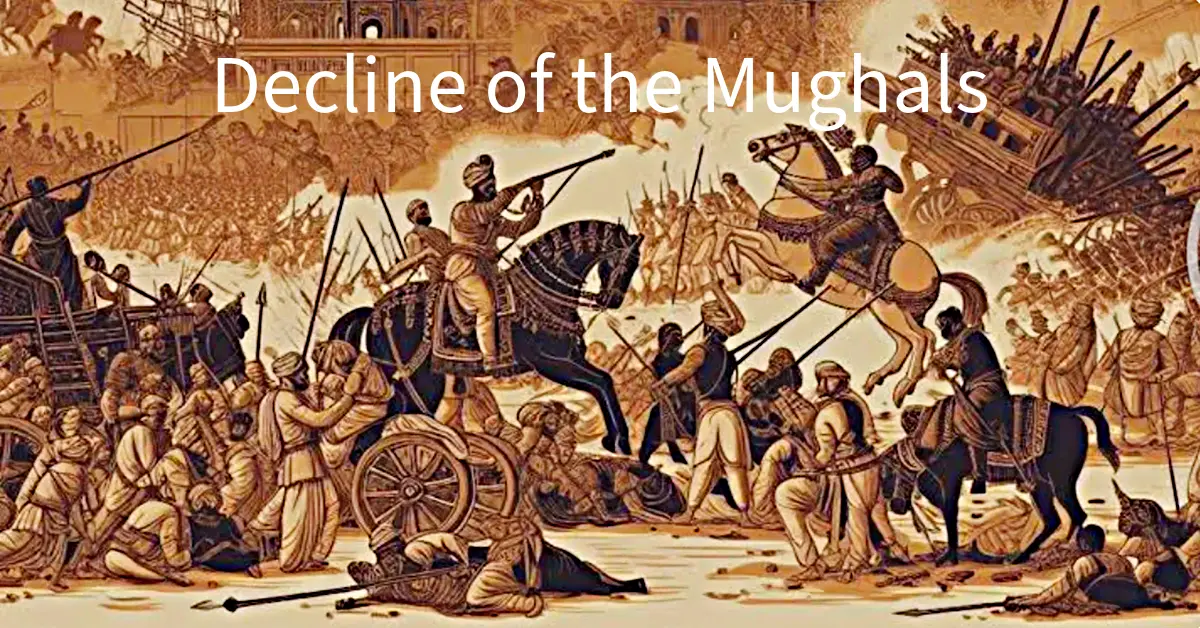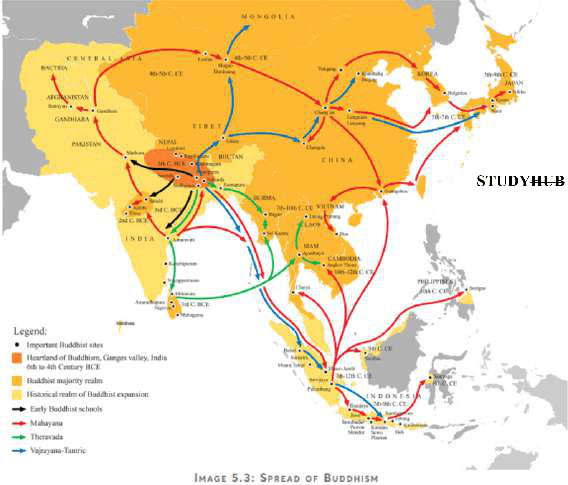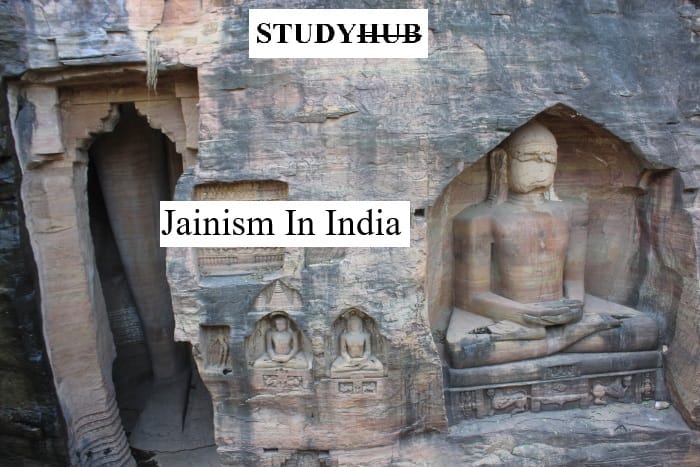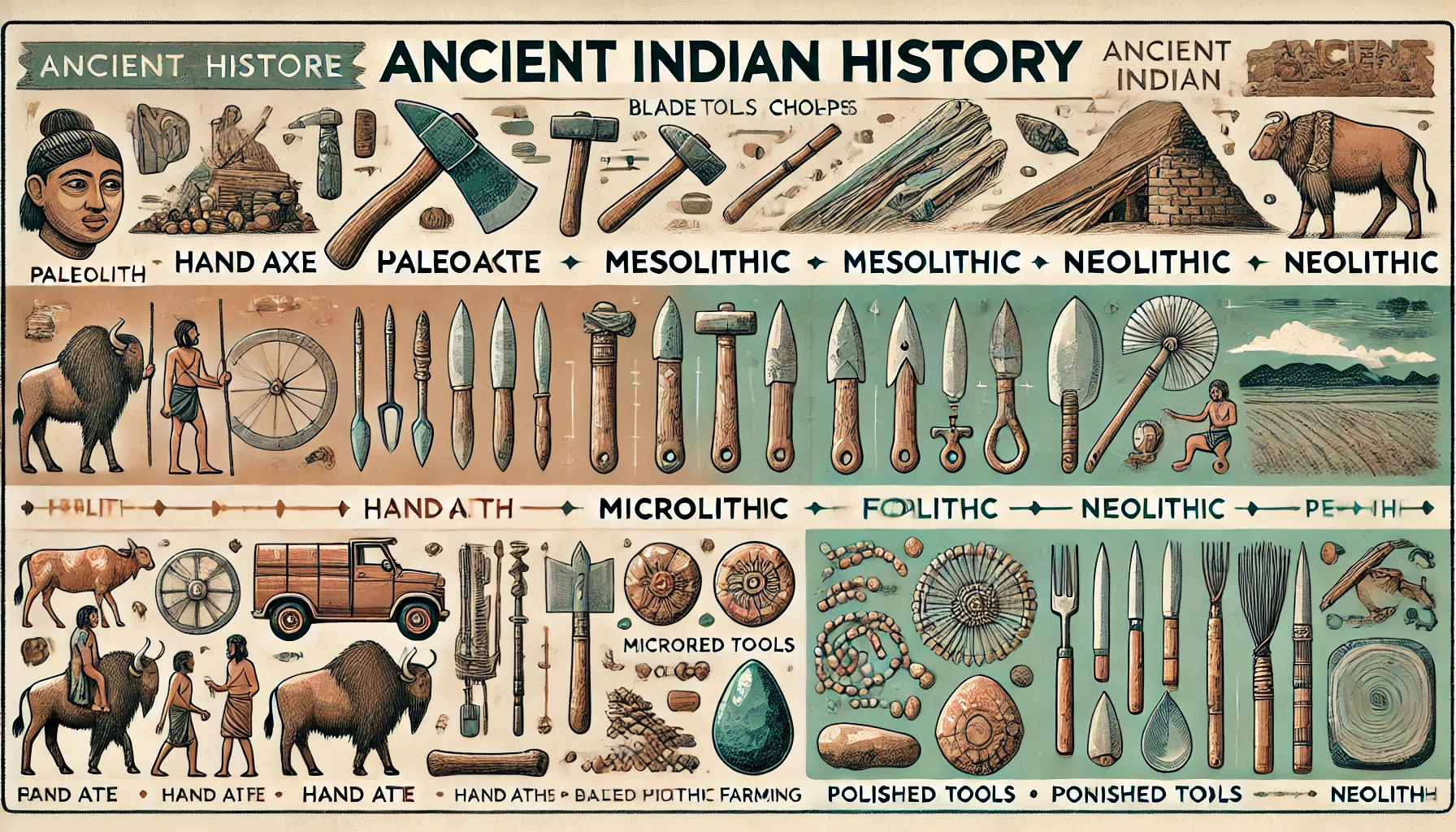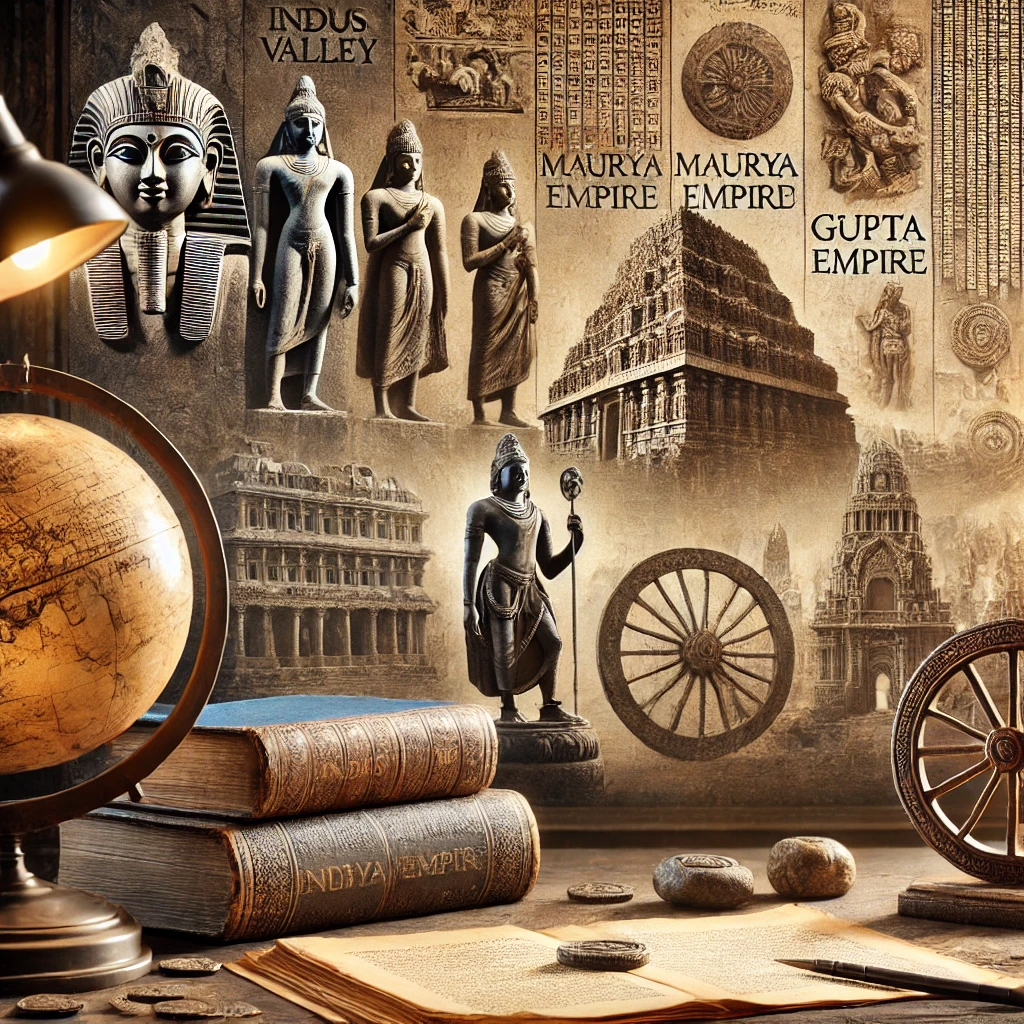Decline of the Mughals
Why did the Mughals fail? The Mughal Empire, established by Zahiruddin Babur following his decisive triumph at the Battle of Panipat in 1526, experienced continuous expansion under his successors. It attained its maximum territorial extent during the reign of Aurangzeb (1657–1707), when the empire extended from Kashmir in the north to Jinji in the south […]

